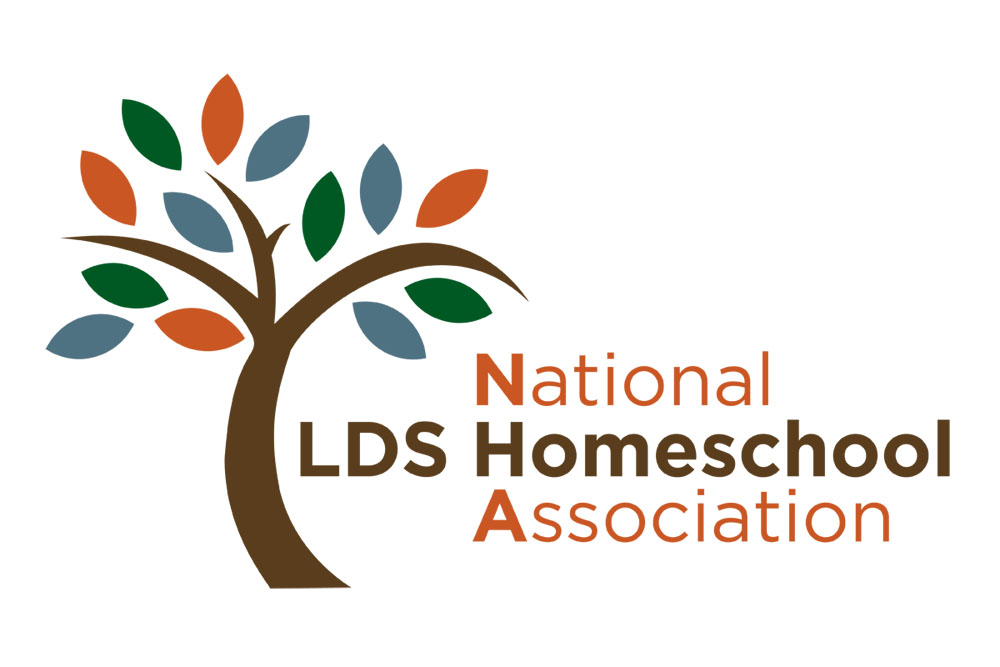by Doreen Blanding
I hate math. My husband who is very gifted in logical math thinking just doesn’t understand me and I just don’t understand him. How can a negative plus a negative be a positive? I just don’t get it! But I do understand how destructive a negative can be and how powerful a positive can be. I also understand that if you add enough positive to a negative that you come out with more positive.
I coach a soccer team and the other day we were in a very tight game and trying desperately to hold on to a tie. As I watched these girls defend their goal I noticed my assistant coach barking orders and telling them everything they were doing wrong.
“Megan, you didn’t drop back far enough.”
“Jessie, you can’t let number 15 get the ball.”
“KC, you have got to stay goal side.”
“MaKayla, don’t kick the ball out the end line, go side line. You know better.”
I watched these girls drop their heads and look at the ground. I noticed that my goalie started barking and yelling orders at her defense. It wasn’t looking good. It looked like in the last five minutes of the game we were playing a totally different game than what we had practiced all week long. The girls were frustrated and it was showing. Thankfully the ball was kicked out of bounds and my assistant coach was busy shaking his head. I yelled at my girls to look at me. When I had their eyes I told them to take a deep breath, shake it off, put a smile on their face and just play our game. “Soccer’s fun after all.”
I noticed an immediate change in my girls as well as the opposing team. First my girls had their spirits lifted and their confidence boosted. Shoulders went up, down and then back. Chins came up and smiles appeared on their faces. The opposing team noticed the change too and one girl actually looked at me with a bit of fear in her face.
What happened next was what happens when you believe in yourself, your team, your abilities and when you add more positive than negative. In a game that we had spent more time playing defense than offense, things turned around in literally minutes. We were finally on the attack. We went down the pitch and in the very last minutes of the game scored the only goal of the game.
Now how does this relate to math and homeschooling?
I’ve noticed that when my children are negative about their school work they start a negative spiral going and it is hard for them to stop. Pretty soon it isn’t geometry that is hard, but simple arithmetic. But worse, sometimes I am the cause of all this negative.
“I’ve told you a thousand times, i before e except after c.”
“You are holding your pencil wrong AGAIN! How will you ever have pretty handwriting?”
“We do this every morning. You know the drill. Now get to the table!”
“Why don’t you know your four times tables; we’ve been over it every day now for years!”
Here is where as the teacher/parent we step in and tell them to, “take a deep breath, shake it off, play your game and make it fun.” It is amazing to see the difference in a child’s work when they take a moment to slow down and think positively. It’s amazing how much more they can accomplish and accomplish it correctly. By adding more positive to the negative we can eventually stop the downward spiral and begin to have positive experiences and eventually win.
We need to teach our children how to add that positive so that when they do face the negative, they don’t just keep adding to the negative, but add positive and eventually pull themselves out of that spiral. Positive plus a positive is always a positive!
You can leave your thoughts, comments or suggestions here on my feedback page. Thanks!
- Doreen

